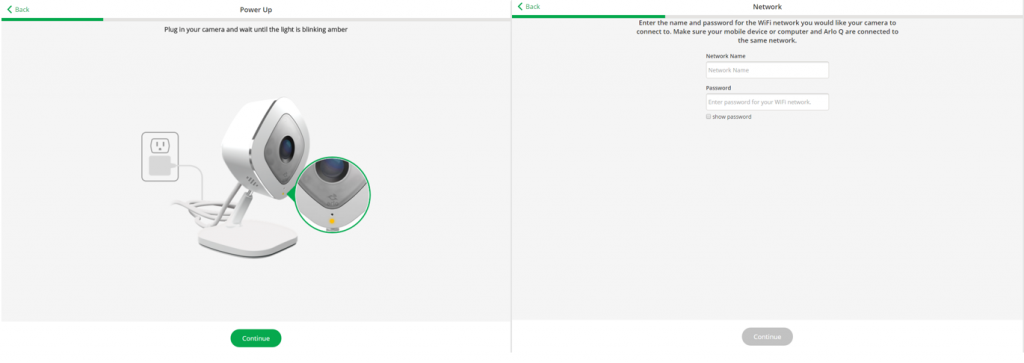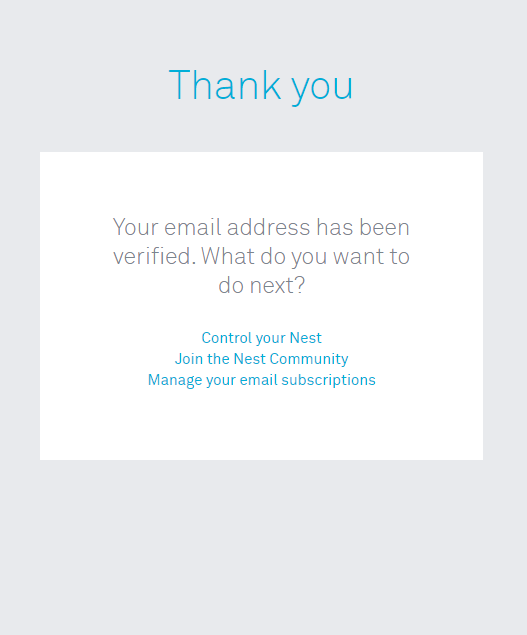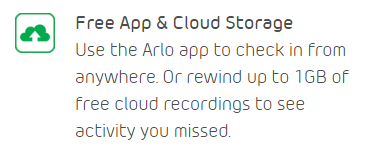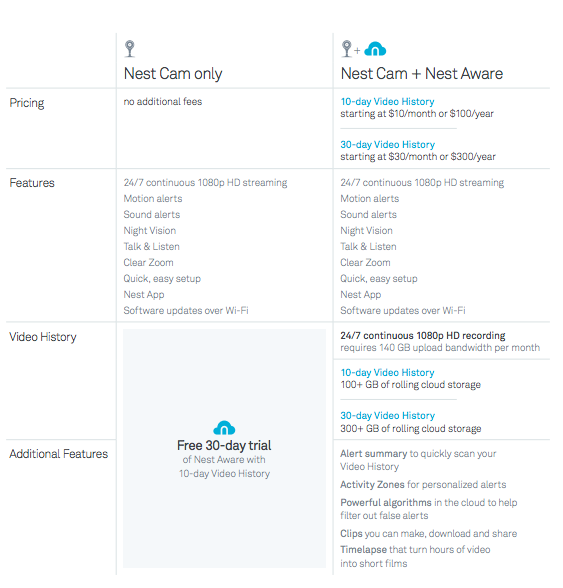The Internet of Things (IoT), or the proliferation of smart, connected devices, provides an amazing opportunity for companies to engage customers directly on an ongoing basis. There is, however, no rule for how best to seize this opportunity.
Customers learn about a company not only through the quality of their product, but also through the quality of their support, the user interface, and the overall customer experience. We can learn a lot about how customer-centric a company is by the nature of the user account they offer their customers.
This shift in how customers assess a company mirrors a shift in how companies must think of their customer relationships. Selling a connected device means having connected customers. They do not disappear after they make their purchase and neither can the company that sold them the device. Adjusting to a longer-term customer relationship, companies are able to spread the price of their product and services out over time. This gives companies greater flexibility in pricing options and more choice for customers. From a company’s pricing strategy, we can see whether they are committed to building customer relationships for the long haul.
Below, we examine two similar connected devices, the process for creating a user account, and the pricing strategies the companies employ. Use this analysis to look at how your own business handles user accounts and pricing strategies in a new light. Are you just trying to move a product, or are you using that product to forge lasting customer relationships?
A Tale of Two Cameras
We looked at remote cameras primarily marketed to consumers who are interested in managing home security or monitoring child care. One company, NETGEAR, may be familiar to customers. NETGEAR was founded 20 years ago and is best known for, unsurprisingly, network gear meant for both home and business use. Their home video system is called Arlo.
Arlo offers the ability to monitor video via a smartphone app and has features like night vision and motion alerts.

The other company we looked at was Nest. Nest was founded in 2010, and acquired by Alphabet (née Google) in 2014. Their breakout product was the Nest Learning Thermostat, which allowed users to better manage their home energy use.
Nest’s home camera product, Nest Cam, has roughly the same bells and whistles as the Arlo system, including remote monitoring via a mobile app, activity alerts, night vision, etc.
We chose these companies because their camera products are largely comparable, but their parent companies represent different epochs in the Internet age. While NETGEAR emerged from the first commercial Internet boom in the 1990s, Nest was forged in a world after smartphones, omnichannel shopping, and the hyperadopting customer. We wanted to see how these differences influence the customer experience.
Who Is a Customer?
In exploring these products’ sites, we were struck by an immediate distinction.

A customer can access an existing user account on NETGEAR’s Arlo site. They could also set up a new system after purchase. But that is the only way to create a user account online for the Arlo system.

NETGEAR sends a clear message to consumers with this configuration: Access to the Arlo community is only allowed for buyers of their physical products. Given their background as producer of physical goods first, it is not surprising to see NETGEAR approach the question of who is a customer differently than Nest.
As you can see from the image below, Nest’s user account login page includes an option to sign up for an account even without having purchased a product.

Nest betrays their post-omnichannel pedigree by having this option available. A company that understands they are selling membership into a brand or ecosystem of products knows that closing a sale on a product is not the only measure of success. In fact, reinforcing customer loyalty, propagating special promotions and learning about customer behavior and preferences (all traditional marketing functions) could be channeled directly to users via their user account.
Once registered, instead of dropping the user into the thick of product setup, Nest thanks the user for joining and lets them decide what they would like to do next.

While the Arlo focuses on providing direct utility only to paying customers, Nest takes the opportunity to help grow and foster their relationship with anyone interested in the brand. The customers who are attracted to NETGEAR’s model have purchased a product that has a website to support it. Nest customers have joined a connected community that is supported by smart, connected devices.
IoT and Monetizing Customer Relationships
A major differentiator for a connected video system is how the companies provide access to cloud storage for the video content a customer will now be creating.
For every model and configuration of the Arlo system, a customer has only one option.

Customers are not able to purchase more storage, nor is there any way for Arlo to continue to support the costs of maintaining their cloud video storage system with ongoing fees. So while customers continue to derive value from that service, the only way NETGEAR can increase their revenue is to sell more hardware.
Not surprisingly, Nest takes a different approach. The Nest Cam may be purchased without purchasing the additional cloud storage subscription, which they call Nest Aware. But even the “Nest Cam only” option comes with a free 30-day trial of the lowest tier Nest Aware plan.

Nest here shows a much better understanding of the modern omnichannel shopper. In order to reduce the risk for their customers trying out the Nest Aware program, they offer it for free — but not forever. They know they can provide value that customers will be willing to pay for once they try it. They also know that some customers may demand different storage options or billing models, so Nest makes available different tiers of coverage, each with monthly or annual subscription options.
Keystone
From entry into the brand community, to providing real value in additional connected services and creating a monetization strategy that allows the business to scale with customer demand, the companies that will benefit most from IoT will be the ones who place emphasis on customer experience and choice. Simply selling connected devices without an updated customer engagement strategy will not only leave your company gasping for recurring revenue, but may also turn off customers who today demand a far greater level of access and control.
Download our complementary guide, Attracting and Acquiring New Subscribers, today.